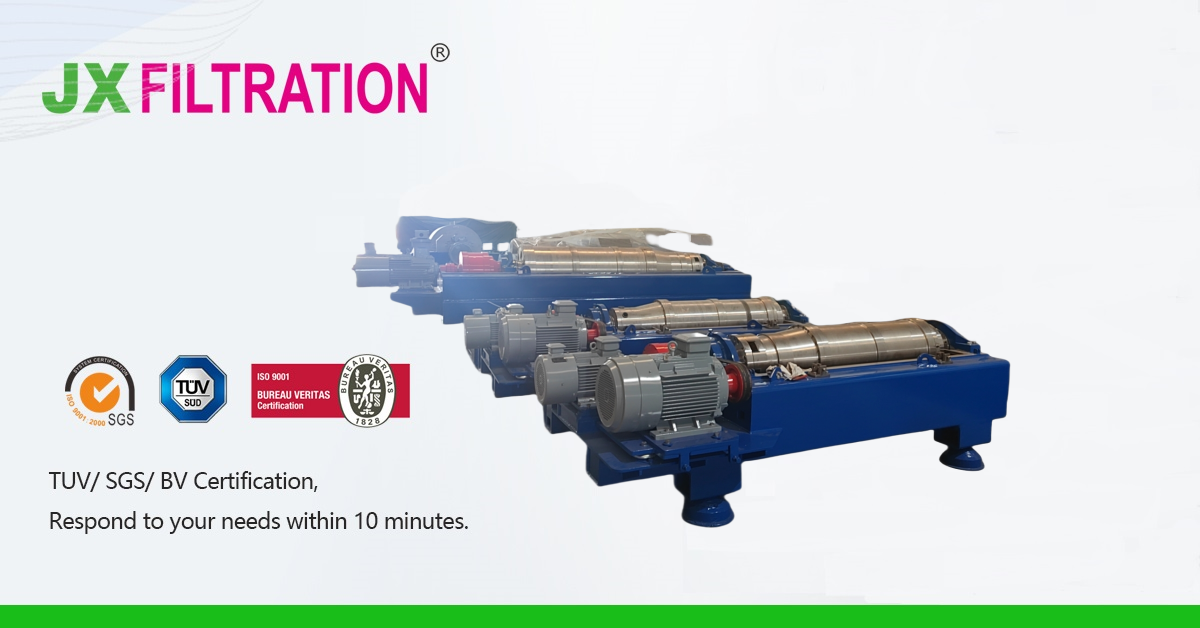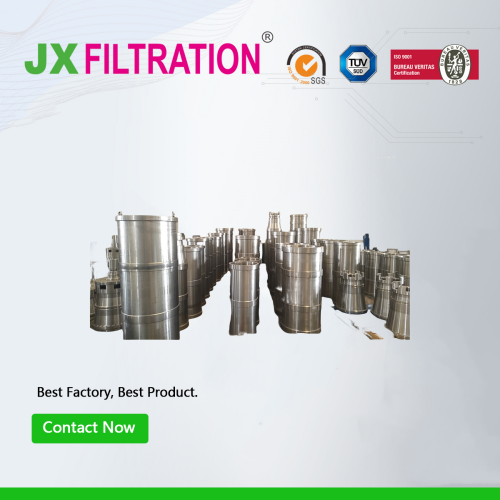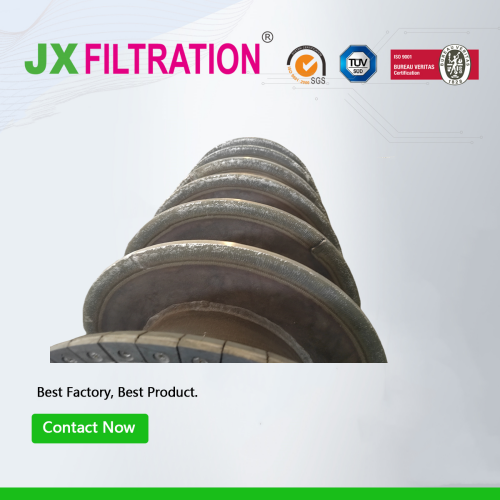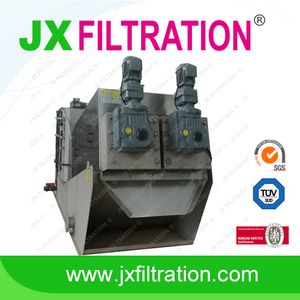How Does Horizontal Decanter Centrifuge Work?
A horizontal decanter centrifuge is a robust piece of equipment widely used for the continuous separation of solids from liquids in various industries. The process relies on centrifugal force to achieve efficient separation. Here’s a detailed breakdown of how a horizontal decanter centrifuge processes materials:

-
Feeding
- The slurry is continuously fed into the centrifuge through the feed inlet.
-
Acceleration
- The feed enters the rotating bowl and is rapidly accelerated to the rotational speed of the bowl.
-
Separation by Centrifugal Force
- Solids Separation: The centrifugal force pushes the denser solid particles outward against the bowl’s wall.
- Liquid Separation: The less dense liquid phase forms an inner layer closer to the center of the bowl.
-
Conveying Solids
- The scroll, rotating at a slightly different speed than the bowl, conveys the separated solids towards the conical end of the bowl.
- The differential speed between the bowl and the scroll determines the residence time of the solids in the bowl, affecting the degree of dryness of the discharged solids.
-
Discharging Solids
- The compacted solids are discharged through the solids discharge ports at the conical end of the bowl.
- These solids are typically in the form of a dry cake or slurry, depending on the process parameters and material properties.
-
Discharging Liquids
- The clarified liquid phase (supernatant) flows towards the liquid discharge ports at the opposite end of the bowl.
- The liquid is continuously discharged, usually collected for further processing or disposal.
Any requirements, contact us now!
Grace
Email:grace@filtrationchina.com
Mobile/Whatsapp/WeChat:+86 17269571160



